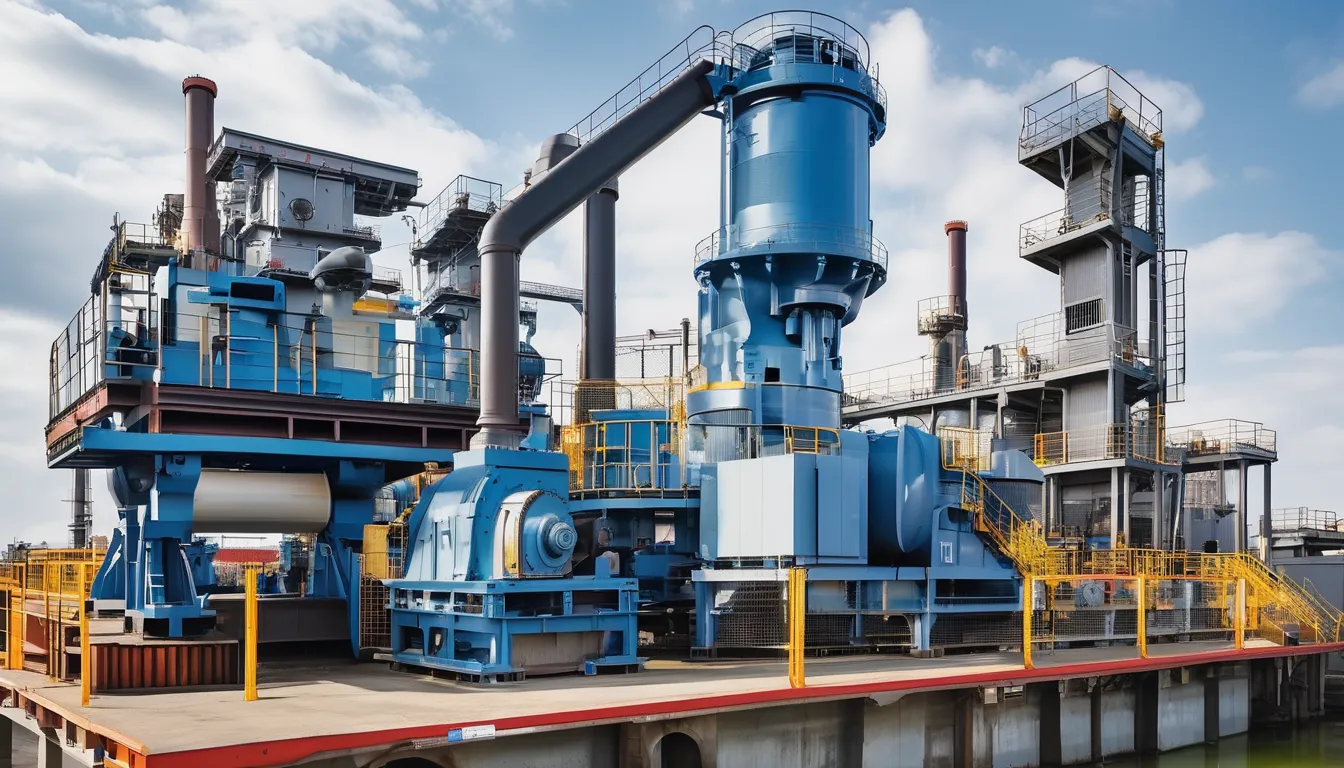When you think about power transmission in machinery, parallel shaft drive gearboxes often come to mind due to their efficiency and reliability. You might wonder how these systems manage to transfer power with minimal energy loss while also maintaining durability. The mechanics behind this design aren’t just about gears; they involve precise alignment and load distribution that enhance performance across various applications. What truly sets this technology apart, though, is the intricate balance of components that work seamlessly together. Understanding these elements can reveal much more than you’d expect about their role in today’s industries.
Overview of Parallel Shaft Gearboxes
Since their introduction in various industrial applications, parallel shaft gearboxes have become essential for efficient power transmission. These gearboxes utilize parallel shafts to transmit power between input and output shafts, minimizing energy losses in the process.
You’ll find that their design allows for compact arrangements, making them ideal for tight spaces in machinery and equipment.
One of the main advantages of parallel shaft gearboxes is their ability to handle high torque loads while maintaining smooth operation. This makes them suitable for a variety of applications, from conveyor systems to industrial mixers.
By converting rotational motion and adjusting speed, these gearboxes enhance the performance of the systems they’re integrated into.
You should also consider their versatility. Parallel shaft gearboxes can be configured in different ratios, allowing you to achieve the desired output speed and torque.
This adaptability is crucial in industries where precision and efficiency are paramount. Additionally, their robust construction ensures durability, even in demanding environments.
Key Components and Their Functions
Understanding the key components of parallel shaft gearboxes is crucial for optimizing their performance. These components work together to transmit power efficiently while maintaining durability and reliability. Here’s a breakdown of the main parts you’ll encounter.
| Component | Function | Importance |
|---|---|---|
| Gears | Change the direction and speed of rotation | Critical for torque conversion |
| Shafts | Transfer power between components | Essential for maintaining alignment |
| Bearings | Support rotating elements | Reduces friction and wear |
| Housing | Encloses and protects internal components | Ensures structural integrity and safety |
Each of these components plays a vital role. Gears adjust the mechanical advantage, while shafts form the backbone of power transmission. Bearings minimize friction, prolonging the gearbox’s life, and the housing keeps everything secure and functioning smoothly. Knowing how these parts work will help you troubleshoot issues and maintain your gearbox effectively. By focusing on these key components, you can ensure your parallel shaft gearbox operates at its best.
Operating Principles Explained
Parallel shaft gearboxes operate on fundamental principles that govern their efficiency and performance. Understanding these principles is crucial for maximizing your system’s effectiveness.
Here’s a breakdown of how they work:
- Torque Transmission: The design allows for the transfer of torque from the input shaft to the output shaft, ensuring minimal energy loss.
- Gear Reduction: By using different gear sizes, these gearboxes effectively reduce speed while increasing torque, making them ideal for various applications.
- Alignment: The parallel arrangement of shafts minimizes friction and wear, enhancing the durability and lifespan of the gearbox.
- Load Distribution: The design ensures even load distribution across the gears, reducing stress points and preventing premature failure.
Advantages of Parallel Shaft Gearboxes
The advantages of parallel shaft gearboxes stem from their efficient design and robust performance. First, these gearboxes provide a compact structure, allowing you to save valuable space in machinery setups. Their design minimizes the distance between the input and output shafts, which not only reduces the overall footprint but also enhances the gearbox’s efficiency.
Moreover, parallel shaft gearboxes offer excellent torque transmission capabilities. You’ll find that they can handle high torque loads while maintaining smooth operation, making them ideal for various applications. Their ability to maintain a consistent gear ratio contributes to reliable performance, ensuring your machinery operates effectively.
Another key benefit is their durability. With fewer moving parts compared to other gearbox types, you’ll experience lower wear and tear, leading to longer maintenance intervals. This enhances reliability and reduces downtime, which is crucial for maintaining productivity in your operations.
Lastly, parallel shaft gearboxes are versatile. They come in various configurations to suit different needs, which makes them an adaptable choice for diverse applications.
Applications Across Industries
Versatility is a hallmark of parallel shaft drive gearboxes, making them indispensable across a variety of industries. You’ll find these gearboxes in applications where efficiency and reliability are crucial.
They’re designed to deliver consistent performance, which is why many sectors trust them for their operations.
Here are four key industries that benefit from parallel shaft drive gearboxes:
- Manufacturing: In assembly lines, they help power conveyors and machinery, ensuring smooth and efficient workflows.
- Agriculture: Used in tractors and harvesting equipment, they enable farmers to maximize productivity and reduce downtime.
- Automotive: In electric vehicles and other machinery, they optimize power transfer for better fuel efficiency and performance.
- Mining: They play a vital role in heavy machinery, providing the torque needed for extraction processes.
With their ability to handle a range of speeds and torques, parallel shaft drive gearbox manufacturer es adapt seamlessly to various applications.
No matter the industry, their contributions are critical for enhancing productivity and operational efficiency.
Conclusion
In conclusion, parallel shaft drive gearboxes are vital for efficient power transmission in various applications. Their innovative design and key components work together to enhance performance, reduce energy loss, and improve durability. By understanding their mechanics, you can appreciate the advantages they offer across industries, from manufacturing to automotive. Whether you’re involved in engineering or just curious about machinery, recognizing the role of these gearboxes can deepen your insight into effective mechanical systems.



